Purple back Learn more about Purple back
-
The culture method of purple back taro:

Soil: purple back taro likes loose, fertile, moist and well-drained acid soil. Pot cultivation can use rotten leaf soil, garden soil and river sand as the same amount of mixed soil and a small amount of base fertilizer as culture soil, which requires that the soil is nutritious, loose and ventilated. Watering: the purple back taro is not resistant to drought and must be given sufficient water in the growing season.
2018-11-18 -
The purple back bamboo taro leaf hair Huang Da person teaches you the correct handling method
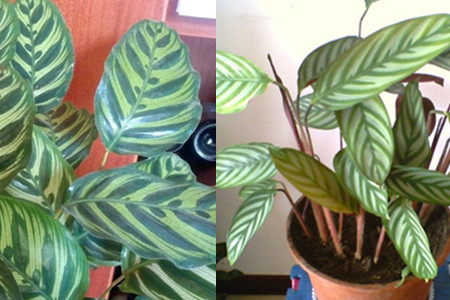
Purple-backed bamboo taro belongs to the family Amorphophallus and Taro. It is a perennial herb with a height of up to 80 cm and long ovate or lanceolate leaves. It has dense branches and leaves, plump plant shape, thick leathery, dark green and glossy leaves, and purplish red back.
2018-12-07 -
How to maintain the purple back taro

Purple-backed bamboo taro is known as red-backed crouching bamboo taro. Leaf blade long elliptic, ovate or broadly lanceolate, leathery, dark green, shiny, light midvein, blood red on the back of the leaf. The stalk, bract and calyx are all bright red with endophytic white florets. Most florets consist of panicles. Flowering from winter to spring. Dense because of the large number of flowers
2019-01-05 -
The reason and solution of the curling of the leaves of Amorphophallus angustifolia how to deal with the yellowing of the leaves

The phenomenon of curling leaves and yellowing of leaves is caused by some links in the growth process of purple-backed taro and the conflict between the environment and the growth habits of purple-backed taro. If you want plants to grow well, you need to live in harmony with the environment.
2020-11-08 Purple back bamboo taro leaves rolled causes and solutions methods -
How to cultivate purple back arrowroot in potted plants

Purple back arrowroot is a plant commonly used to beautify the home environment, enhance the style of public places and improve air quality. The methods and techniques of planting purple arrowroot are not much different from those of planting other arrowroot in general, as long as they are done well
2020-11-08 Purple back arrowroot potted plant how to raise cultivate method and -
The key points of daily maintenance of purple back taro:

1, purple back taro is an excellent indoor shady foliage plant, hot summer to prevent sun exposure, should cover 70% of 80% of the light, otherwise it is easy to cause harm. 2. Purple back taro likes warm, humid and shady environment. The suitable temperature for growth is 20-30 ℃, and the overwintering temperature is 15 ℃.
2018-11-18 -
If you want to make the purple back taro burst, you must know these breeding methods!

Raising a pot of green plants with high ornamental value indoors seems to have become a habit of many people, such as the foliage plant purple-backed taro is a good choice. If you want to make the purple back taro burst, then you must know these breeding methods! First, the introduction of purple back taro.
2020-11-09 Think let purple back bamboo taro burst pot these breeding method you one -
Culture methods and matters needing attention of purple back taro

Culture methods and matters needing attention of purple back taro
2019-02-28 -
The picture of purple-backed taro the culture method of purple-backed taro
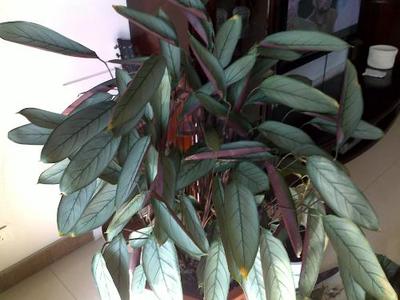
It is a good choice to keep some green plants at home. Purple-backed bamboo taro (scientific name: StromanthesanguineaSond.): Taro family, genus Amorphophallus, perennial herb. The plant can be up to 80 cm tall and erect. Leaf blade long ovate or lanceolate
2019-02-09 -
Culture methods and matters needing attention of red-backed bamboo taro
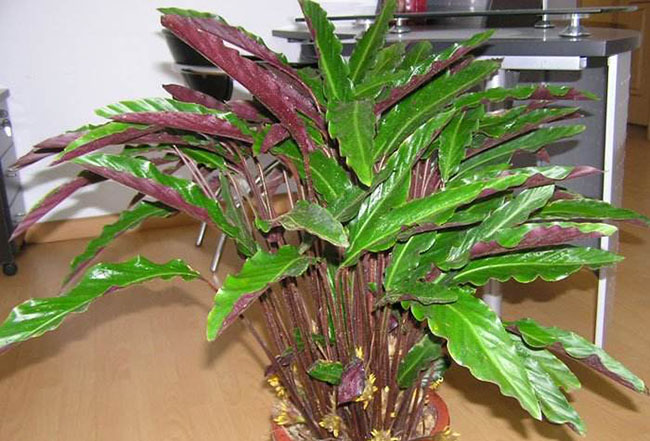
Red-backed taro growth habits red-backed taro like to grow in a warm, humid, shady environment, not resistant to cold, afraid of drought, avoid strong light exposure. The suitable temperature for growth is 20-30 ℃, and the overwintering temperature is 15 ℃. The soil for culturing red-backed taro should be sandy soil rich in humus and loose and permeable.
2019-02-27 -
How to propagate ramet propagation and cuttage propagation of purple back taro
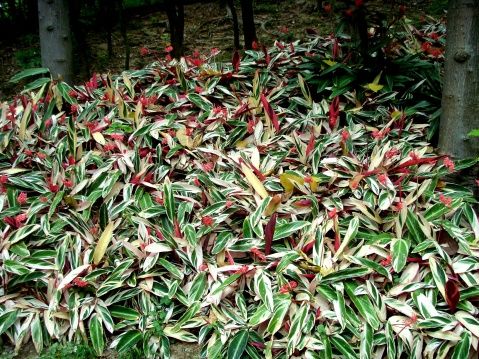
Purple back taro likes warm, humid and shady environment. The suitable temperature for growth is 20-30 ℃, which needs more water and is not resistant to drought. More heat-resistant, slightly cold-resistant, more than 5 ℃ can safely pass the winter. Afraid of frost, like loose, fertile, moist and well-drained acidic soil
2019-01-28 -
How to control the diseases and insect pests of purple back taro?
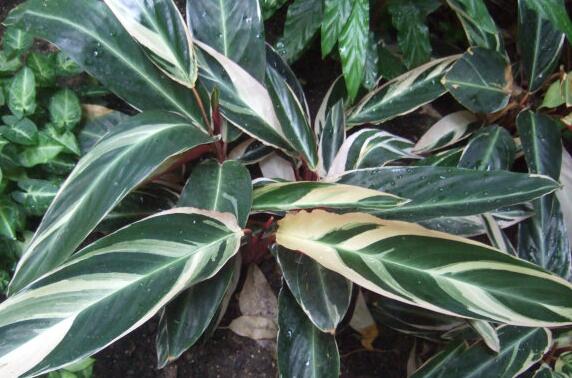
Amorphophallus mandshurica has strong resistance and few diseases and insect pests, but diseases and insect pests still occur when it is not well managed in the process of cultivation. The common insect pests are shell insects, red spiders, etc., and the common diseases are white silk disease and leaf spot disease.
2019-01-28 -
Propagation method of Amorphophallus koraiensis

Red-backed taro has many advantages and is loved by many people. now it can be seen in many areas of male rice in our country, and with the increasing market demand, some enterprises have used greenhouses for annual production and achieved good economic benefits. Artificial propagation of Amorphophallus konjac can also be done by ramet or cutting.
2018-07-01 -
The latest culture method of purple back taro

Purple back bamboo taro, also known as red back lying bamboo taro, red back Xiao bamboo taro, red back kudzu yujin, etc., belong to the perennial herb of the family Amorphophallus, with beautiful plant type, colorful leaves and strong negative tolerance. It is often used for indoor potted ornamental plants. Large varieties can
2020-11-10 The latest purple back bamboo taro culture method also known as -
How to raise purple back arrowroot cultivation methods and precautions
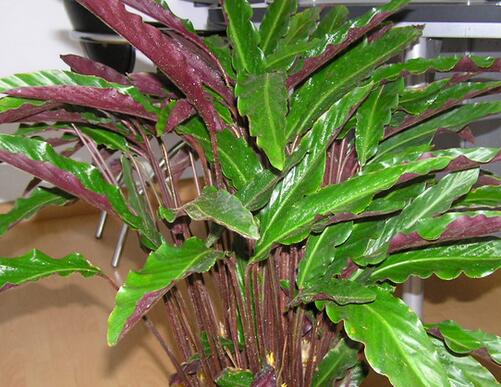
Purple back arrowroot prefers warm, humid and shady environments. The optimum temperature for growth is 20~30℃, and the overwintering temperature is 15℃. During the growth period should be fully supplied with water, in the basin soil slightly dry should be timely watering, if you can often spray water on the ground, increase the air humidity will grow very well, but do not make the basin soil ponding
2019-01-28 -
Points for attention in culturing Amorphophallus sinensis

The temperature is high in summer, in order to prevent the sun exposure, shading measures should be taken, otherwise it will easily lead to leaf burns; if the air humidity is low and the basin soil is dry, the edges of the leaves will turn yellow and scorched, and direct sunlight will also cause the edges of the leaves to turn yellow and scorched; pay attention to turning the pot once every 1-2 years
2018-11-18 -
Introduction to the main points of Culture methods of Amorphophallus

Purple-backed taro is a kind of foliage plant with large leaves, dark green color and unique shape, which is often used to decorate bedrooms, living rooms, offices and other places. Now there are more and more friends who cultivate purple-backed taro in potted plants.
2020-11-09 Purple back bamboo taro culture methods key points introduction purple back -
Growth advantage of Amorphophallus sinensis

Purple back taro is a perennial herb of the genus Amorphophallus which belongs to the family Amorphophallus. Purple-backed taro is an excellent ornamental plant, which is often used to decorate bedrooms, living rooms, offices and other places, which is quiet and dignified.
2018-05-04 -
Planting and breeding methods of potted plant Taro

White-striped taro, also known as white-spotted taro, likes warm, humid and semi-shady environment, is not resistant to cold, and is afraid of strong light. Ramet and cuttage propagation are commonly used. Ramet propagation is carried out in combination with changing pots in spring, and the fleshy rhizomes are removed and planted. The cuttings with 3 leaves can be selected, the leaf sheath can be stripped, and the cuttings can be planted in coarse sand, and the cuttings can be rooted in about 1 month.
2018-08-28 -
A beautiful indoor plant-- purple back velvet taro

Purple back velvet taro family, Xiao bamboo taro is a perennial evergreen herbaceous foliage plant. The plant height can reach 80 cm, the leaf is huge, the plant shape is plump, the leaf surface is thick green and bright glossy with stripes, the leaf back is purplish red, panicle, bracts white,.
2018-06-01
